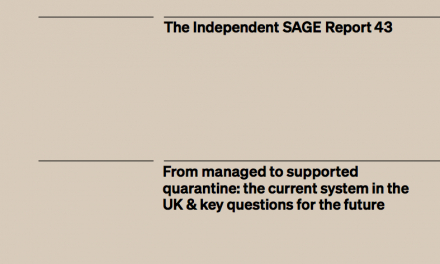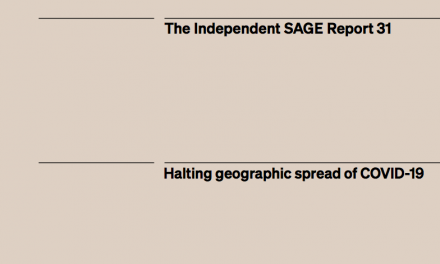Please read the report here.
The Challenge
We are in the midst of the release of lockdown. Meanwhile, the latest ONS surveillance figures estimate more than 4000 infections per day in the UK. Even in those countries which have successfully suppressed the virus we are now seeing re-emergence: in China, USA, Germany, South Korea and many other countries. To minimize the high risk of such a resurgence in the UK, we require an effective system to chase down every viral infection and prevent its ongoing spread.
The lack of PHE tracing and testing capacity to cope with a large pandemic was noted back in February (SAGE Minutes 11th February; 18th February). Rather than an immediate investment in existing systems, there was a 3-month delay before the announcement of a new Test and Trace system on 27th May – during which time the UK suffered one of the highest death rates in the world.
The key components of this system are themselves based on outsourced services, are fragmented, suffer from poor data linkage, and do not provide an integrated system based on the existing public health and NHS infrastructure. Whilst welcoming the setting up of these systems, they are currently working at suboptimal levels by the admission of Baroness Dido Harding, Head of NHS Test and Trace.
Solutions
This report highlights three crucial ways in which the government must strengthen its ‘test and trace’ system if we are to build a protective shield against further outbreaks or, worse, a second wave.
1. Testing and tracing alone using a centralised system alone simply will not work. We need local involvement and ownership using our existing public health and primary care teams, GPs, local hospital laboratories, school nurses and environmental health officers to ensure we can respond quickly to outbreaks and to build local trust.
2. We outline a framework for an integrated and sustainable approach, based on well-established systems of population infection control, which we term Find, Test, Trace, Isolate, and Support (FTTIS) as recommended by the World Health Organisation. We need national and local campaigns to ensure people know about the key symptoms and how and where to respond. GPs should be involved in testing hubs and ordering of tests as quickly as possible and results returned within 24 hours for the system to work. Rapid isolation of cases and contacts is critical. Successful countries provide facilities available for those asked to isolate including food and finance for vulnerable groups, and appropriate guarantees from employers. Clinical support for monitoring the health of suspected cases, cases and contacts in the community is vital.
3. The system must link data into the NHS immediately, especially local public health general practices. We need community feedback and strong governance to protect privacy. And we suggest clear and detailed national performance indicators that support local decision-making.
This report from Independent SAGE follows a public consultation held on 9th June and the views submitted on-line by a range of professionals and members of the public.
We call on the government to implement these changes to prepare for possible further waves of infection over the coming months and even years.
A more in-depth advice note, highlighted on page 7 of our final FTTIS report, about lessons learned from screening programs by Dr Angela Raffle from the University of Bristol and Professor Sian Taylor-Phillips from the University of Warwick is available here.



